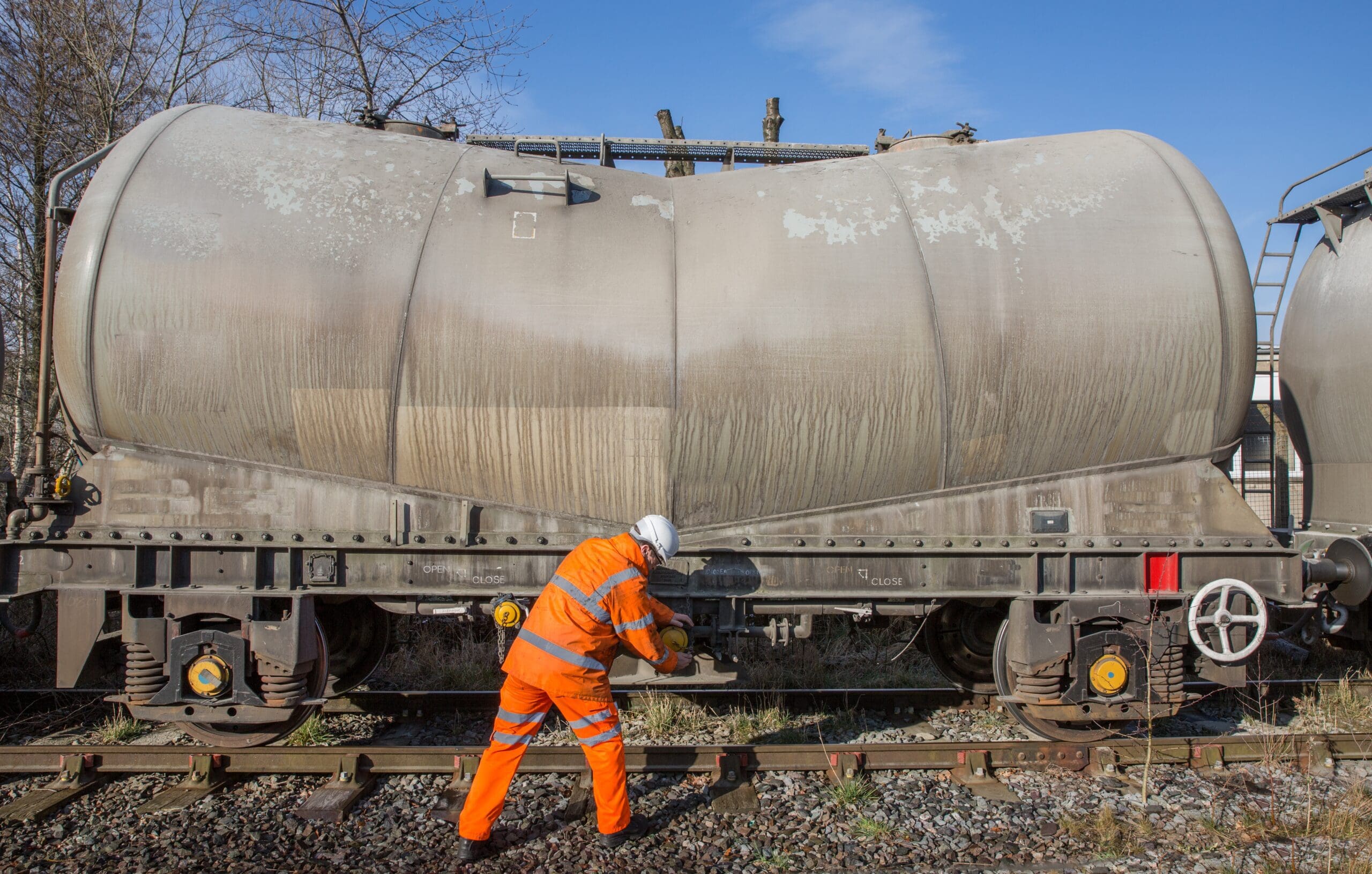10 Inspirational Images Of Railroad Lawsuit Esophageal Cancer

A Railroad Lawsuit For Acute Myeloid Leukemia
Rail workers are frequently exposed to chemicals and substances that can cause cancer, such as asbestos and benzene. If you've been diagnosed with cancer and believe that your exposure to these chemicals while working caused it, you could be entitled to compensation.
The FELA law permits railroad workers to sue their employers for negligence. For more details, contact an acute myeloid lawsuit railroad lawyer.

Benzene Exposure
Benzene, a colorless and toxic gas is a cancer-causing gas when exposed for a prolonged period. It is produced naturally in the environment, as well as through gas emissions and tobacco smoke. The skin can also absorb benzene. A railroad worker who develops cancer as a result of exposure to benzene might be eligible for financial compensation from their employer.
In one instance the widow of a railroad worker who died was awarded $1,500,000 by the company which employed her husband. Her husband was a pump man on various tankers in the 1970s and 1980s, and was frequently exposed to benzene. bnsf lawsuit filed a claim for the wrongful death of the vessel owner after he died in 1995 from acute myeloid lymphoma.
Acute myeloid leukemia is an aggressive type of cancer that can be fatal in few months if treated immediately. It is usually treated by chemotherapy. However, in a few cases, targeted therapy or radiation may be used.
We obtained defense verdicts for a class 1 railroad in two cases where plaintiffs claimed that they suffered injuries to their brains due to solvent-induced exposure throughout their 23-year journey on the rails. The defense offered expert witness testimony on medical causality, industrial hygiene and the jury ruled that the work environment of the railroad was relatively safe.
Creosote Exposure
It is a mixture comprised of hundreds of chemicals used to preserve wood such as railroad ties. It contains a number of carcinogens which are well-known such as polycyclic aromatic hydrocarbons (PAHs). The PAHs present in creosote may be absorbent through the surface the skin or ingested through drinking water that is infected with this chemical. PAHs can also be absorbed into the lungs where they may cause lung cancer.
Inhalation exposure to creosote can cause a variety of symptoms like respiratory irritation, eye problems, and nausea and vomiting. It can also cause second and third degree burns to the skin. The coal tar creosote is made up of PAH compounds including naphthalene and other carcinogenic compounds, such as Acenaphthene.
Creosote exposure can impact the health of employees and their families and families. For instance, some employees have developed basal cell carcinomas of the papular papule that are common skin cancers that may spread to other parts of the body. Some workers have also suffered from chronic lung disease as well as liver and esophageal fibrosis, and chronic bronchitis.
The railroad industry often fails to communicate adequately with employees about the dangers of long-term exposure to toxic substances. It is not uncommon for railroad workers to leave cranes, diesel locomotives or forklifts running while working. Diesel exhaust from these engines can be inhaled and ingested. They also dip rags into solvents that contain benzene for cleaning machines and tools.
Workers' Compensation
Railroad workers who are diagnosed with cancer or a chronic illness because of exposure to toxic chemicals like benzene and creosote may be entitled to compensation for medical expenses and other damages. A New York railroad cancer lawyer could assist those seeking claims under the Federal Employers Liability Act (FELA) to recover damages in cash.
Many diseases resulting from occupational exposure to carcinogenic chemicals, such as asbestos and diesel fumes are not evident until the worker is older. In most cases, the time limit for a statute of limitations is three years after the first diagnosis. It is therefore crucial that victims get in touch with an attorney for railroad injuries as quickly as possible after being diagnosed.
In a recent instance, Napoli Shkolnik PLLC successfully defended an action brought against our client by a former railway employee who was diagnosed with leukemia following years of exposure to toxic chemicals. The plaintiff claimed that the company was in violation of FELA for not providing employees with the appropriate safety equipment and education.
The jury gave the plaintiff $7.5 million in damages after finding that his cancer was directly linked to his work at the Chicago & North Western Railroad. The man was exposed to various toxic chemicals including benzene, creosote and degreasing solvents while working for the company.
FELA
Former railroad workers who are diagnosed with cancer as a result of exposure to toxic chemicals at work could be qualified to file a claim for compensation under the Federal Employers Liability Act (FELA). In contrast to workers' comp laws that provide victims with medical expenses and a portion of lost wages, FELA is a fault-based law that requires proof that the railroad's employer did not adequately protect its employees from the dangers of chemical exposures.
Railroad corporations often fight FELA claims that involve occupational diseases. Their defense lawyers often claim that the sick former employee is unable identify specific instances of unhealthy exposures. They also point out the lack of official test results that indicate the presence of toxic substances or carcinogens in equipment or parts made and used by the railway company.
A successful FELA claim is paid for future and past physical suffering and pain, loss of enjoyment of life, psychological distress and other related damages. If the victim is killed due to the incident of the incident, the family may make a claim for wrongful death to receive compensation.
We work with FELA attorneys to help injured railroad employees receive the financial aid they need. Contact us today to arrange an appointment for a free case assessment. We represent railroad workers across the nation including New York City, Boston and Hartford, St. Louis and Denver, among other cities.
